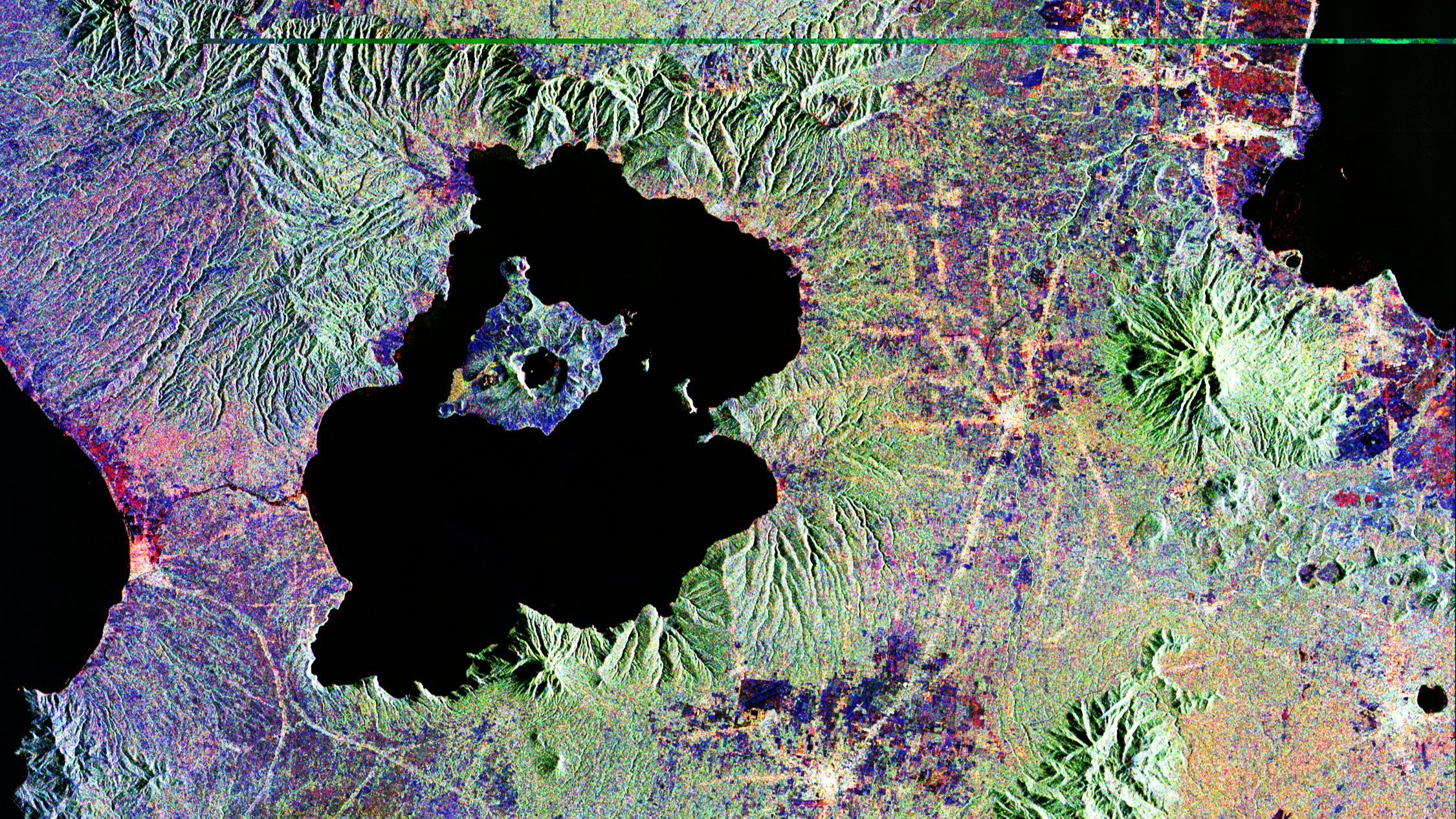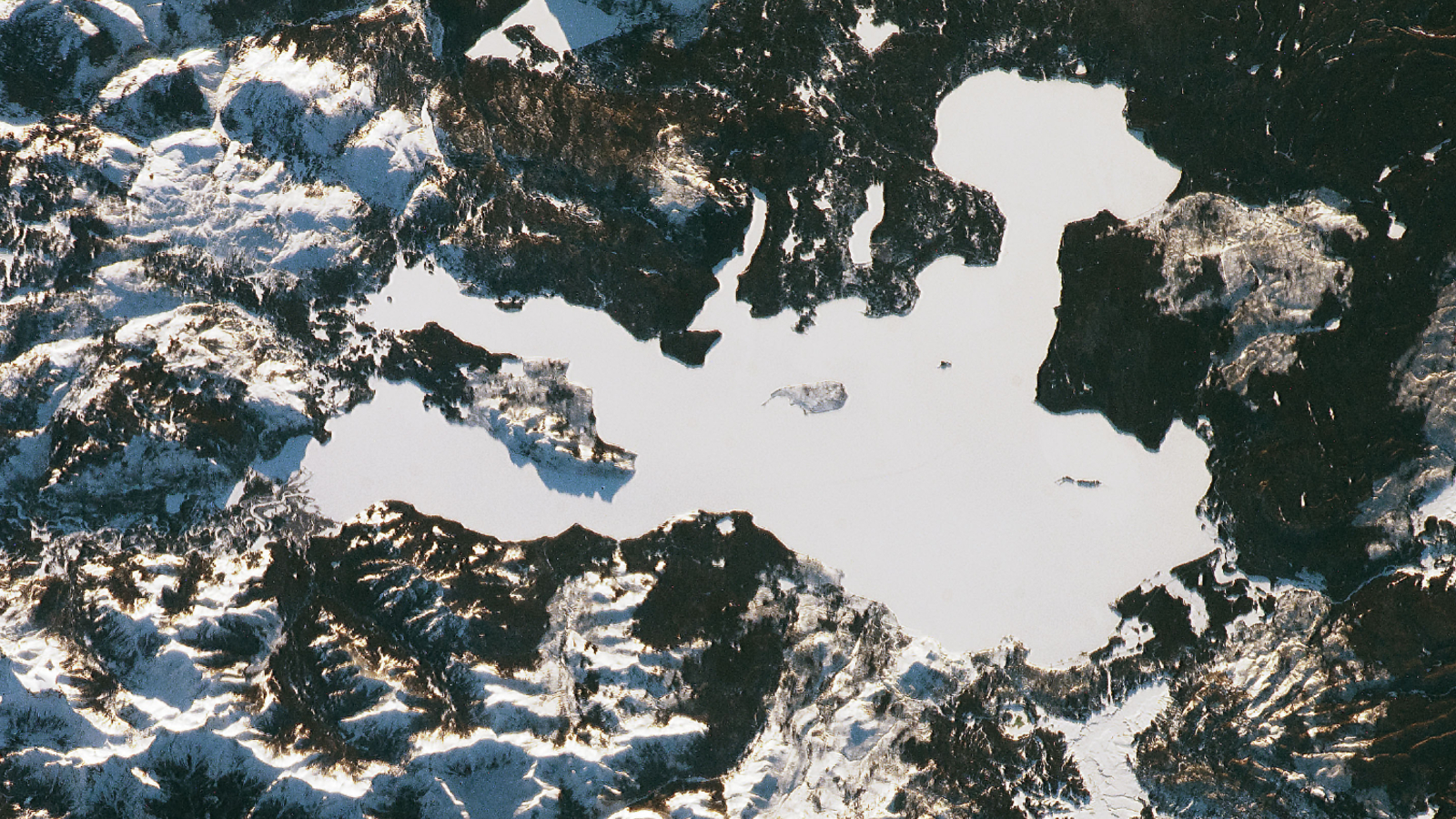Taal Lake: The volcanic crater that has 'an island within a lake, within an island within a lake, within an island'
Taal Lake on Luzon Island in the Philippines is a volcanic crater lake with a rare geology of nested islands and water.

Name: Taal Lake
Location: Luzon Island, Philippines
Coordinates: 14.010735479473858, 121.00071271847021
Why it's incredible: Taal Lake has an island that contains a lake that contains an island.
Taal Lake is a volcanic crater lake in the Philippines with a rare geology of nested islands and water. Researchers think the crater formed after a series of eruptions between 140,000 and 5,380 B.C. — but the landscape has shifted significantly since then.
The lake fills the Taal volcano caldera, a bowl-shaped basin that opened when the top of Taal volcano blew off during one of the prehistoric eruptions. The water came from the sea, traveling via what is now the Pansipit River from modern-day Balayan Bay. The early eruptions also created an island that sits near the center of Taal Lake, called Volcano Island.
Volcano Island is an island within a lake on an island in the sea. But Volcano Island also has a lake, known as Main Crater Lake, which contains its own island, called Vulcan Point. According to UNESCO, this unusual geology, shaped by early volcanic events and subsequent eruptions, is essentially "an island within a lake, within an island within a lake, within an island." The description refers to Vulcan Point, Main Crater Lake, Volcano Island, Taal Lake and Luzon, respectively.
Taal Lake was initially a marine lake, filled with salt water from the West Philippine Sea. That changed after a massive eruption at the Taal volcano in 1754, which dumped so much material into the Pansipit River that the lake was cut off from the sea, according to UNESCO. Taal Lake turned into a catchment area for rainwater and gradually transformed into a freshwater lake, according to the University of the Philippines.
Related: Kawah Ijen: The volcano in Indonesia that holds the world's largest acidic lake at its heart
Species that were trapped in the lake after the 1754 eruption adapted to the freshwater conditions or evolved into new species, according to UNESCO. For example, Taal Lake is home to the only known freshwater sardine in the world (Sardinella tawilis) and gave rise to the Taal Lake snake (Hydrophis semperi), a venomous sea snake not found elsewhere on Earth.
"The transition of Taal Lake from a saltwater to a freshwater environment — in a relatively recent occurrence in the scale of geological processes — fuels the continuous evolution of flora and fauna and presents opportunities for ongoing scientific discoveries," UNESCO states on its website.
Get the world’s most fascinating discoveries delivered straight to your inbox.

Researchers have documented 38 eruptions at Taal volcano over the past 450 years. The most recent eruption occurred in 2020 after 43 years of quiet, prompting evacuations of the surrounding towns and covering Volcano Island and neighboring areas in ash.
With its current geology, Taal Lake is the third largest lake in the Philippines. It is protected as part of the Taal Volcano Protected Landscape, but the ecosystem is threatened by overfishing, tourism and water extraction for irrigation, according to the World Lake Database.
Discover more incredible places, where we highlight the fantastic history and science behind some of the most dramatic landscapes on Earth.

Sascha is a U.K.-based staff writer at Live Science. She holds a bachelor’s degree in biology from the University of Southampton in England and a master’s degree in science communication from Imperial College London. Her work has appeared in The Guardian and the health website Zoe. Besides writing, she enjoys playing tennis, bread-making and browsing second-hand shops for hidden gems.
You must confirm your public display name before commenting
Please logout and then login again, you will then be prompted to enter your display name.


